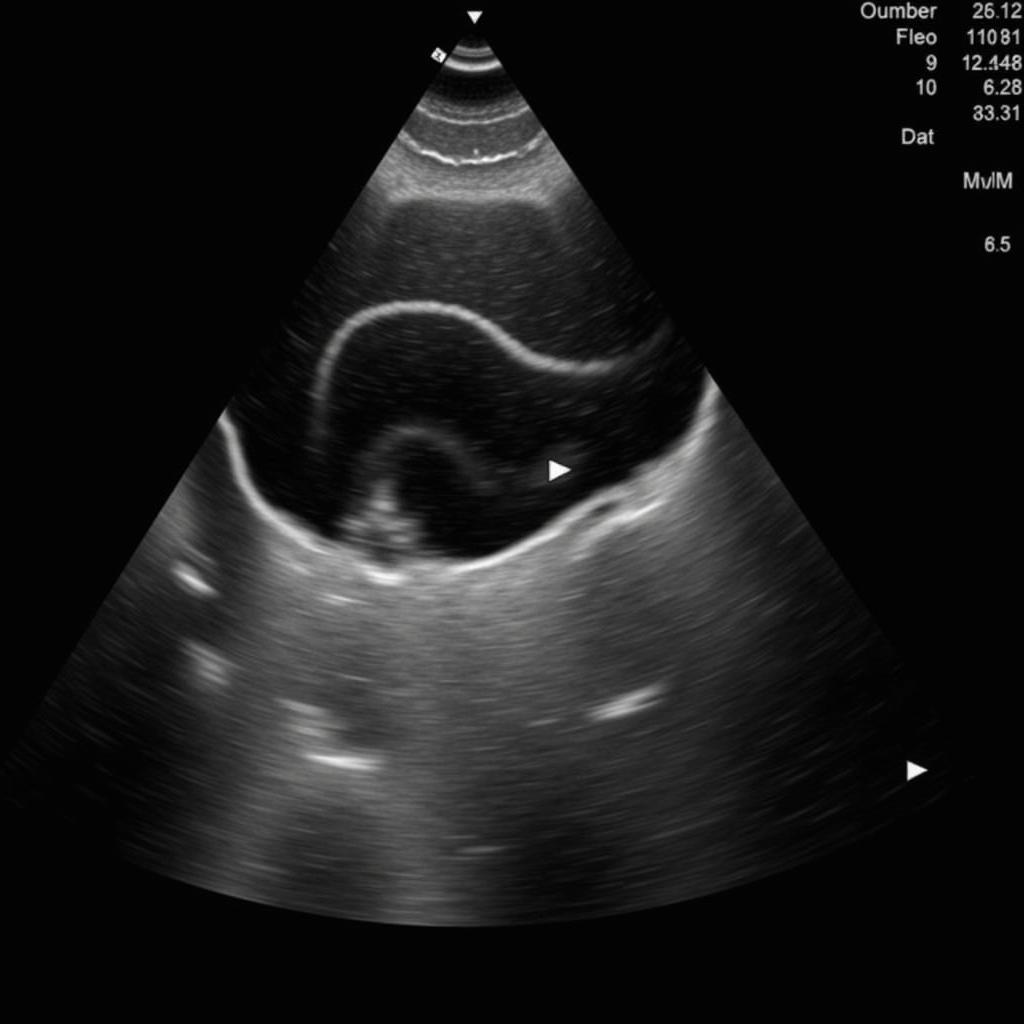Aortic paravalvular leak (PVL) is a heart condition that occurs when a leak develops around an artificial heart valve that has been surgically implanted to replace the aortic valve. This leak allows blood to flow back into the left ventricle, forcing the heart to work harder to compensate. While this condition may sound alarming, understanding its causes, symptoms, and treatment options can empower individuals to proactively manage their health.
What Causes Aortic Paravalvular Leak?
An aortic paravalvular leak occurs when there’s a gap between the artificial valve and the surrounding heart tissue. This gap can be caused by several factors, including:
- Surgical complications: Improper suturing or difficulties during the valve replacement procedure can lead to incomplete sealing around the valve.
- Infection: Endocarditis, an infection of the heart lining, can damage the tissue around the valve, creating a leak.
- Device-related issues: Over time, the artificial valve itself can deteriorate or become dislodged, leading to a paravalvular leak.
- Patient-specific factors: Certain pre-existing conditions, such as connective tissue disorders, can increase the risk of developing a PVL.
Recognizing the Symptoms of Aortic Paravalvular Leak
While some individuals with aortic paravalvular leak may not experience any noticeable symptoms, particularly in the early stages, others may develop symptoms that range from mild to severe. Common symptoms include:
- Shortness of breath: Difficulty breathing, especially when lying down, due to blood backing up into the lungs.
- Fatigue: Persistent tiredness and weakness due to the heart’s increased workload.
- Heart murmur: An abnormal heart sound heard through a stethoscope, indicating turbulent blood flow.
- Swelling in the legs and ankles: Fluid retention caused by the heart’s inability to pump efficiently.
- Rapid or irregular heartbeat: The heart may beat faster or irregularly to compensate for the leak.
Diagnosing Aortic Paravalvular Leak
Diagnosing aortic paravalvular leak typically involves a combination of tests and procedures.
- Echocardiogram: This ultrasound of the heart provides detailed images of the heart’s structure and function, allowing doctors to visualize the leak and assess its severity.
- Electrocardiogram (EKG): This test records the heart’s electrical activity and can detect any rhythm abnormalities caused by the leak.
- Chest X-ray: An X-ray image of the chest can reveal an enlarged heart, a common sign of aortic paravalvular leak.
 Echocardiogram image highlighting aortic paravalvular leak
Echocardiogram image highlighting aortic paravalvular leak
Treatment Options for Aortic Paravalvular Leak
Treatment for aortic paravalvular leak depends on the severity of the leak and the patient’s overall health. In some cases, no immediate intervention may be necessary, while in other cases, medication or surgery may be required.
- Medications: Medications, such as diuretics to reduce fluid retention and heart failure medications to improve heart function, can help manage symptoms and slow the progression of the condition.
- Surgical Repair: In cases of severe leaks or when symptoms are debilitating, surgical repair is often the recommended treatment option. This may involve open-heart surgery to close the leak or a minimally invasive procedure using a catheter to plug the hole.
Living with Aortic Paravalvular Leak
Living with aortic paravalvular leak requires ongoing medical management and lifestyle modifications. Regular follow-up appointments with a cardiologist are essential to monitor the condition and adjust treatment plans as needed.
- Healthy lifestyle choices: Maintaining a healthy weight, engaging in regular physical activity, and following a balanced diet are crucial for overall heart health.
- Medication adherence: Taking medications as prescribed by your doctor is essential for managing symptoms and preventing complications.
- Open communication with healthcare providers: Don’t hesitate to discuss any concerns or questions you may have with your doctor or other healthcare providers.
 Visual representation of heart-healthy lifestyle choices
Visual representation of heart-healthy lifestyle choices
Conclusion
Aortic paravalvular leak is a serious condition that requires careful monitoring and management. By understanding its causes, symptoms, and treatment options, individuals can work closely with their healthcare providers to make informed decisions about their health. Remember, early detection and proactive management are key to improving outcomes and maintaining a good quality of life.
FAQ
1. Is aortic paravalvular leak life-threatening?
The severity of aortic paravalvular leak varies widely. While small leaks may not pose an immediate threat, larger leaks can lead to serious complications, even death if left untreated.
2. Can aortic paravalvular leak be prevented?
Not all cases of aortic paravalvular leak are preventable. However, managing risk factors like endocarditis through good oral hygiene and prompt treatment of infections can help reduce the risk.
3. What is the long-term outlook for someone with aortic paravalvular leak?
The long-term outlook for individuals with aortic paravalvular leak depends on factors such as the severity of the leak, overall health, and response to treatment.
4. Can I engage in strenuous physical activity with aortic paravalvular leak?
The level of physical activity recommended for individuals with aortic paravalvular leak varies depending on the severity of their condition. It’s crucial to consult with your doctor to determine safe exercise limits.
5. What should I do if I experience worsening symptoms?
If you experience any new or worsening symptoms, such as increased shortness of breath, chest pain, or fainting, seek immediate medical attention.
Need More Information?
For any queries or assistance regarding aortic paravalvular leak or other health concerns, reach out to our dedicated team at:
Phone: 0369020373
Email: [email protected]
Address: Thon Ngoc Lien, Hiep Hoa, Bac Giang, Vietnam
Our customer support team is available 24/7 to provide guidance and support.

